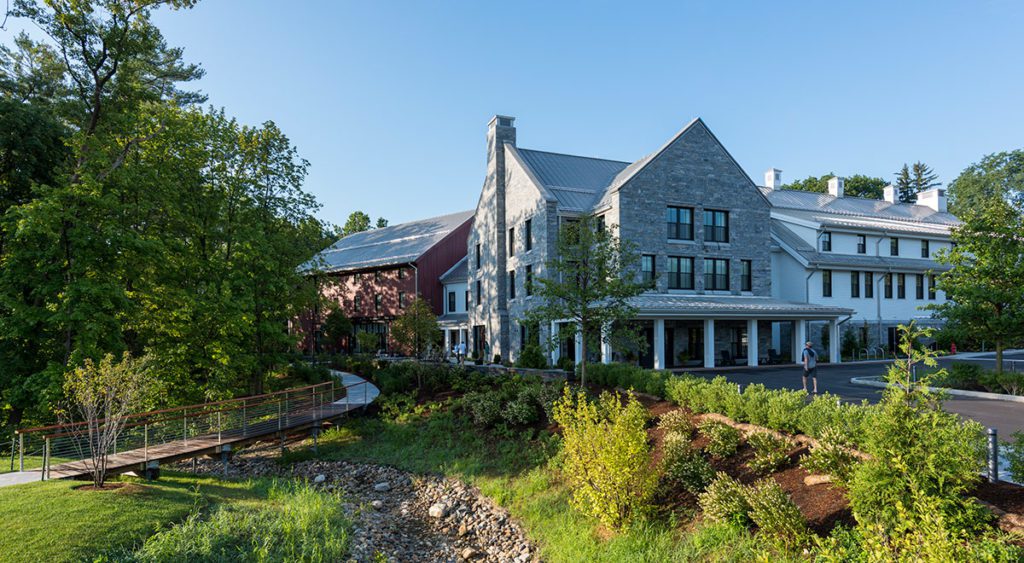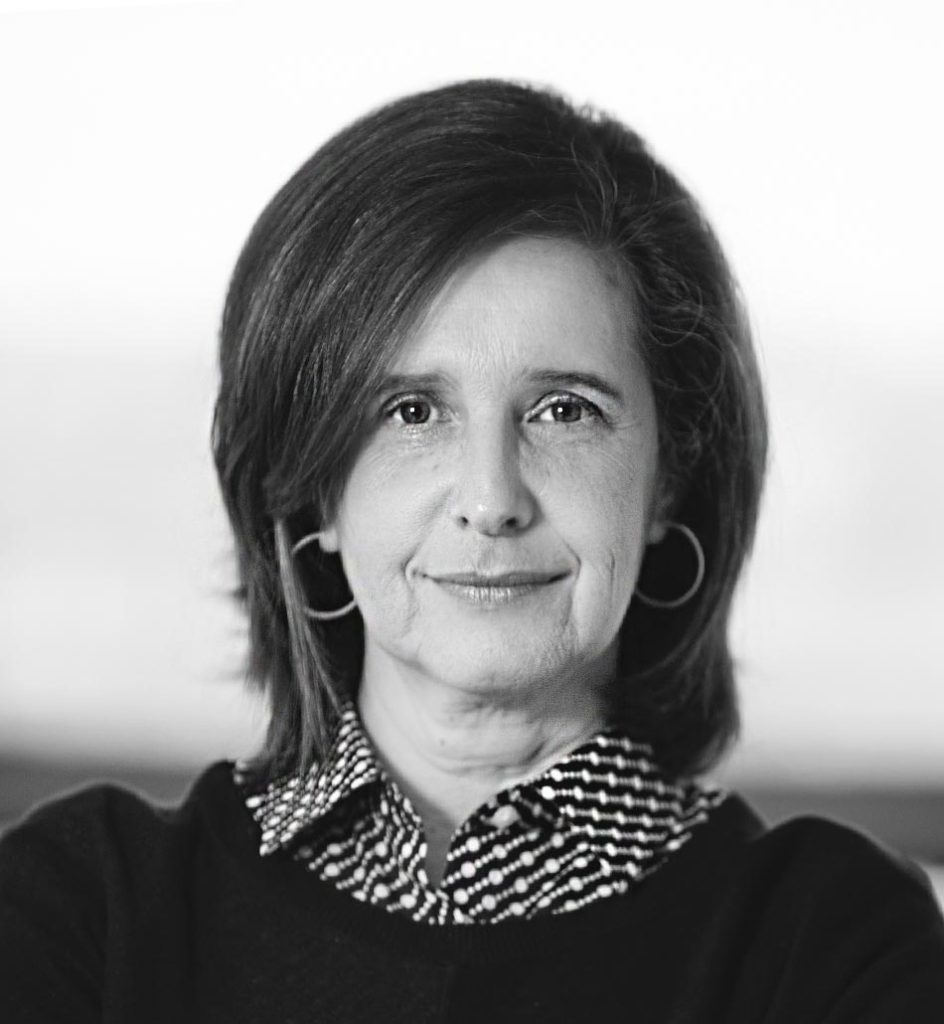Hospitality Designs Influence Office and Academic Projects
Banker & Tradesman - July 28, 2019

The newly constructed Williams Inn is often the first stop for prospective students and faculty. The hotel is configured as three sections including a main house with reception and guest rooms, a bunkhouse with event space and a “barn” with restaurant and bar.
Creating a Good First Impression on Campus
Gracious, personalized attention has been the hallmark of the hospitality industry for decades. Now, other businesses are discovering that a warm welcome coupled with lush amenities can broaden the appeal of everything from daily office life to museum visits.
Over the past five years, workplaces, museums and academic institutions have infused their core businesses with service concepts borrowed from the hospitality industry. In each case, the promise is that a service-oriented approach will translate into more satisfied customers and increased revenue. The hospitality business worldwide generates nearly $150 billion per year in sales, and forecasts are for increasingly strong growth in the coming years.
The business of the hotel industry has infused our lives. The notion of “hospitality” conjures images of gracious, personalized attention. So why wouldn’t office life or major universities or institutions want to get on the bandwagon? Who wouldn’t want to arrive anywhere without a genuinely warm welcome?
Here are a few examples where hospitality’s influence is trending into new areas.
Office Life: Your Home Away from Home
Blurred lines between home and office are the new normal. So companies today have to provide workers with workplaces and services that go beyond just highly designed open plan spaces and organic, all-you-can-eat cafes in order to make those blurred lines even more seamless. The next generation of office planning we have on our books includes hospitality suites for napping, nursing and showering (rain head and aromatherapy included).
Concierges are the next-level office assistant, ready to handle any persnickety emergency. And technology is being integrated now so offices will be able to transition to the future’s concierge, AI.
Smart companies extend their hospitality to include workers’ families too. At the Matouk headquarters and factory in Fall River, the campus is designed with running and bike tracks and full playing fields that families enjoy just as often as the company’s teams.
Aquariums’ and museums’ creative executive boards know that event planning within their halls can generate real income for these nonprofit entities. Taking a page from the hotel world, gracious events planned in these one-of-a-kind venues is a true spectacle, especially when paired with hotel-level food and beverage offerings. The design of the new MOTE Aquarium in Sarasota, Florida, accommodates 500-person events to make the aquarium a destination attraction for visitors as well as event planners, with hotel-grade back-of-house kitchens and pre-function spaces and lobbies where guests mingle and nosh seemingly under the sea.
Colleges Are Catching On
The hotel industry understands the value of providing an authentic experience in each unique destination. The collegiate world has caught on to the trend. Visionary college leaders know the hotel stay is the first step onto campus for not only future students, but to woo great faculty, sports teams, alumni and trustees. Campus planners have learned that if they can make the first experience of the collegiate visit meaningful, they can raise the bar on yield rates; for most families, the first college experience is the hotel stay.
At Williams College in Williamstown, academic life and a bucolic rural setting are the backdrop for the new Williams Inn. This synergy between hotel planning and campus facilities has become a successful demonstration project for future small liberal arts colleges.
 Hospitality architecture and development is now at the forefront of trend-setting dynamics for the public realm. The ultimate goal for any hospitality brand is knowing guests’ personal tastes and preferences. Media in guest rooms can be tailored to each guest’s preferences; integrated guest room technology can be configured with guests’ preferred music or fitness equipment workout regime. It is truly an exciting time for hospitality design.
Hospitality architecture and development is now at the forefront of trend-setting dynamics for the public realm. The ultimate goal for any hospitality brand is knowing guests’ personal tastes and preferences. Media in guest rooms can be tailored to each guest’s preferences; integrated guest room technology can be configured with guests’ preferred music or fitness equipment workout regime. It is truly an exciting time for hospitality design.
Stefanie Greenfield is a principal at CambridgeSeven and master planner and architect for the new Williams Inn at Williams College.